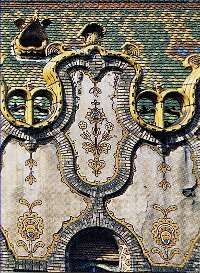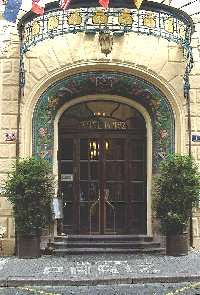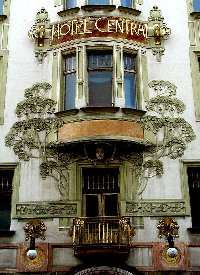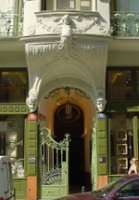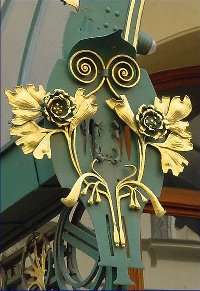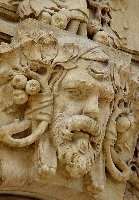Humanities, East Campus
|
Organic Modernity: Art Nouveau in Vienna, Budapest, and Prague The capitals of central and Eastern Europe--Vienna, Budapest, and Prague--each embraced the styles of Art Nouveau in its own fashion and for its own reason. In imperial Vienna, Art Nouveau was known as Sezessionstil, the medium of artistic protest against Vienna's stultifying official culture. The revolt culminated at the 1902 Secession exhibition with installation of Gustav Klimt's erotic masterpiece the Beethoven Frieze in Olbrich's Secession Building. In 1900 Budapest was one of Europe's fastest growing cities and it adopted Art Nouveau as a statement of its modern sophistication and its parity with Vienna as a capital of the Austro-Hungarian empire. New apartment buildings and department stores exhibited Art Nouveau decoration as the trappings of modernity. On the other hand, Prague chafed under Austrian domination and pointedly adopted Parisian-style Art Nouveau as a statement of Czech nationalism. The star of Czech Art Nouveau, painter Alphonse (Alfons) Mucha, was commissioned to decorate the Prague Municipal Hall even though--or perhaps because--he had spent nearly his entire career in Paris. Despite their different motives, surviving examples of Art Nouveau design in these three capitals demonstrate the essential unity of this great international style. |





